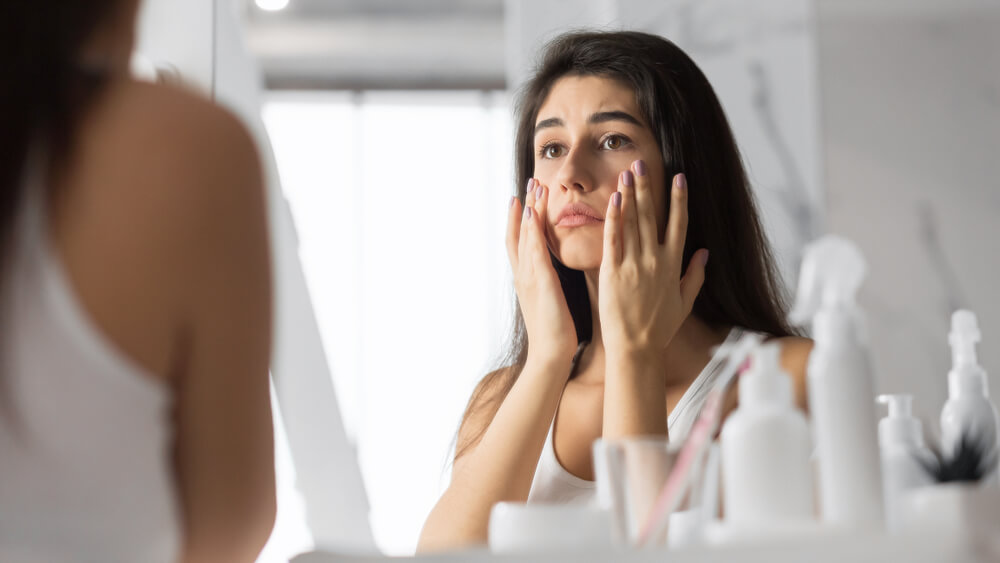What Is Skin Pilling and How Can Beauticians Address It?
As a beautician, you may often hear clients express concerns about their skins texture. One such issue that frequently arises is skin pilling. But what is skin pilling exactly? In the world of beauty, skin pilling refers to the formation of small, ball-like structures on the surface of the skin, usually occurring after applying skincare products. These tiny balls are not only frustrating but can also disrupt the smooth application of makeup, leaving clients dissatisfied.
Skin pilling occurs when layers of skincare products do not properly absorb into the skin, causing them to roll up into tiny beads. This phenomenon can be particularly puzzling, especially when using high-quality products. Understanding the root causes of skin pilling can help beauticians provide better solutions to their clients and improve their overall skincare experience.

Causes of Skin Pilling
There are several reasons why skin pilling might occur. One primary cause is the incompatibility of skincare products. When products with differing formulations are layered on the skin, they may not bind well, leading to pilling. For instance, mixing oil-based and water-based products can often result in this issue.
Another contributing factor is the application technique. Using too much product or applying it too quickly can prevent proper absorption, leading to residue that eventually pills. Additionally, using products that contain silicones, which are often added for a smooth feel, can exacerbate the problem when not used correctly.
Layering Products: Avoiding Pilling
To minimize skin pilling, its essential to educate clients on the importance of layering products correctly. Begin by advising them to start with lightweight formulas, such as serums, and gradually move to heavier creams and oils. This technique ensures that each product is adequately absorbed before the next one is applied.
Its also helpful to recommend products that complement each other. For instance, clients seeking guidance on face serums might benefit from those that match their other skincare items. Encourage clients to pay attention to their skins response and adjust their routine accordingly.
Best Practices for Beauticians
As a beautician, staying informed about product ingredients and formulations can greatly assist in addressing skin pilling. Understanding which combinations work best can help you offer tailored advice to each client. Consider reading resources such as how to build a skincare routine to expand your knowledge.
Another tip is to encourage a patch test with new products. This can prevent adverse reactions and help clients understand how their skin interacts with different formulations. Additionally, educate them about the benefits of using a gentle exfoliant to remove dead skin cells, which can otherwise contribute to product buildup and pilling.
Real-Life Solutions and Recommendations
For professional recommendations, advise clients to incorporate a regular exfoliation routine. This not only aids in preventing pilling but also improves overall skin texture. Recommend gentle exfoliants that suit their skin type.
Moreover, suggest products that are specifically designed to be layered without pilling. Direct clients to resources like the clean beauty guide, which can help them select appropriate non-comedogenic products.
Conclusion: Elevating Skincare Experiences
Understanding what is skin pilling and how to address it can significantly enhance your services as a beautician. By educating clients on proper application techniques and product compatibility, you can help them achieve smoother, more radiant skin. Remember, the key to preventing pilling lies in knowledge and personalized skincare routines.
For more tips on maintaining a flawless complexion, consider exploring the appearance of pores and other related topics. A well-informed beautician can make all the difference in a clients skincare journey.

FAQ Section
What products cause skin pilling?
Products that contain silicones, heavy oils, or incompatible formulations are more likely to cause skin pilling. Its essential to ensure that each product in a routine complements the others.
How can I prevent skin pilling?
To prevent skin pilling, apply products in order of lightest to heaviest texture, allowing each layer to absorb fully before applying the next. Use products from the same brand or line when possible to ensure compatibility.
Is skin pilling harmful?
While skin pilling is not harmful, it can be frustrating and may affect the overall appearance of the skin. Proper product application and selection can mitigate this concern, leading to smoother results.
This article contains affiliate links. We may earn a commission at no extra cost to you.

